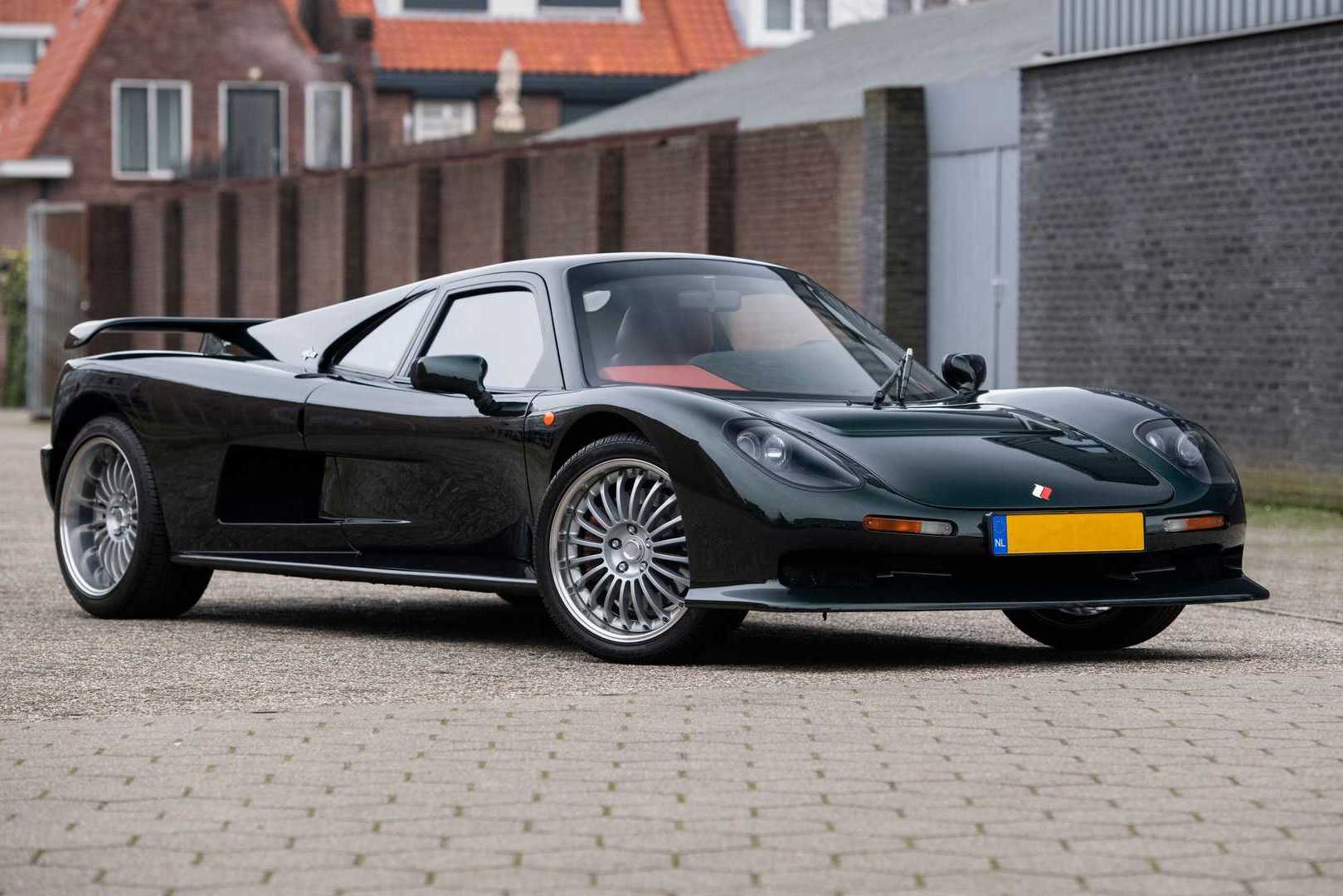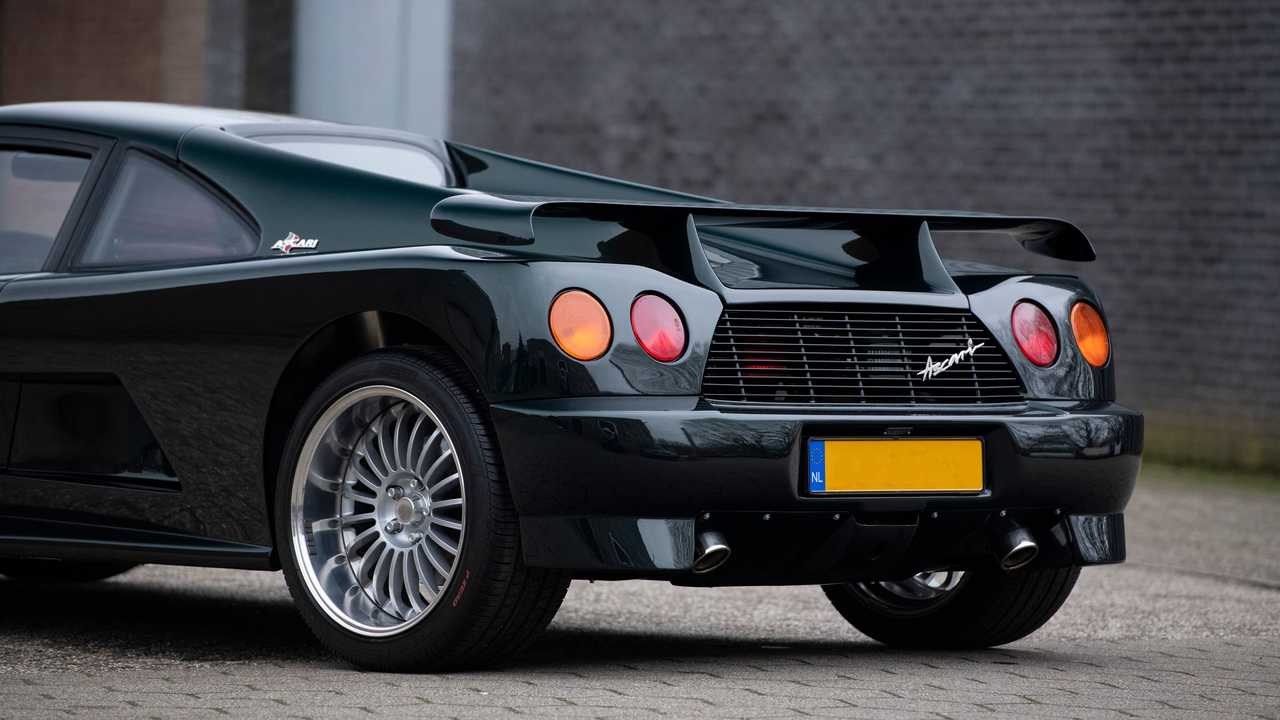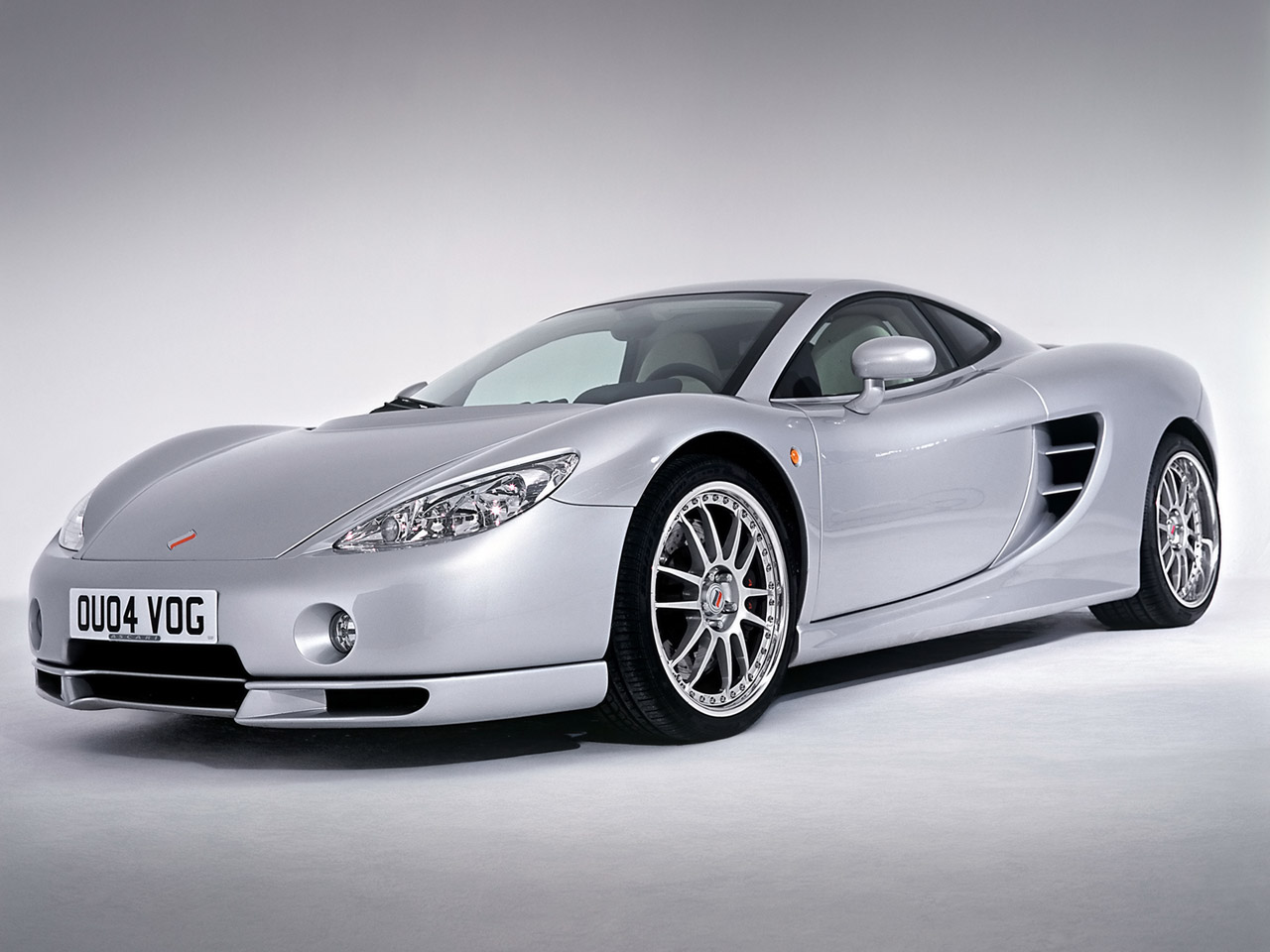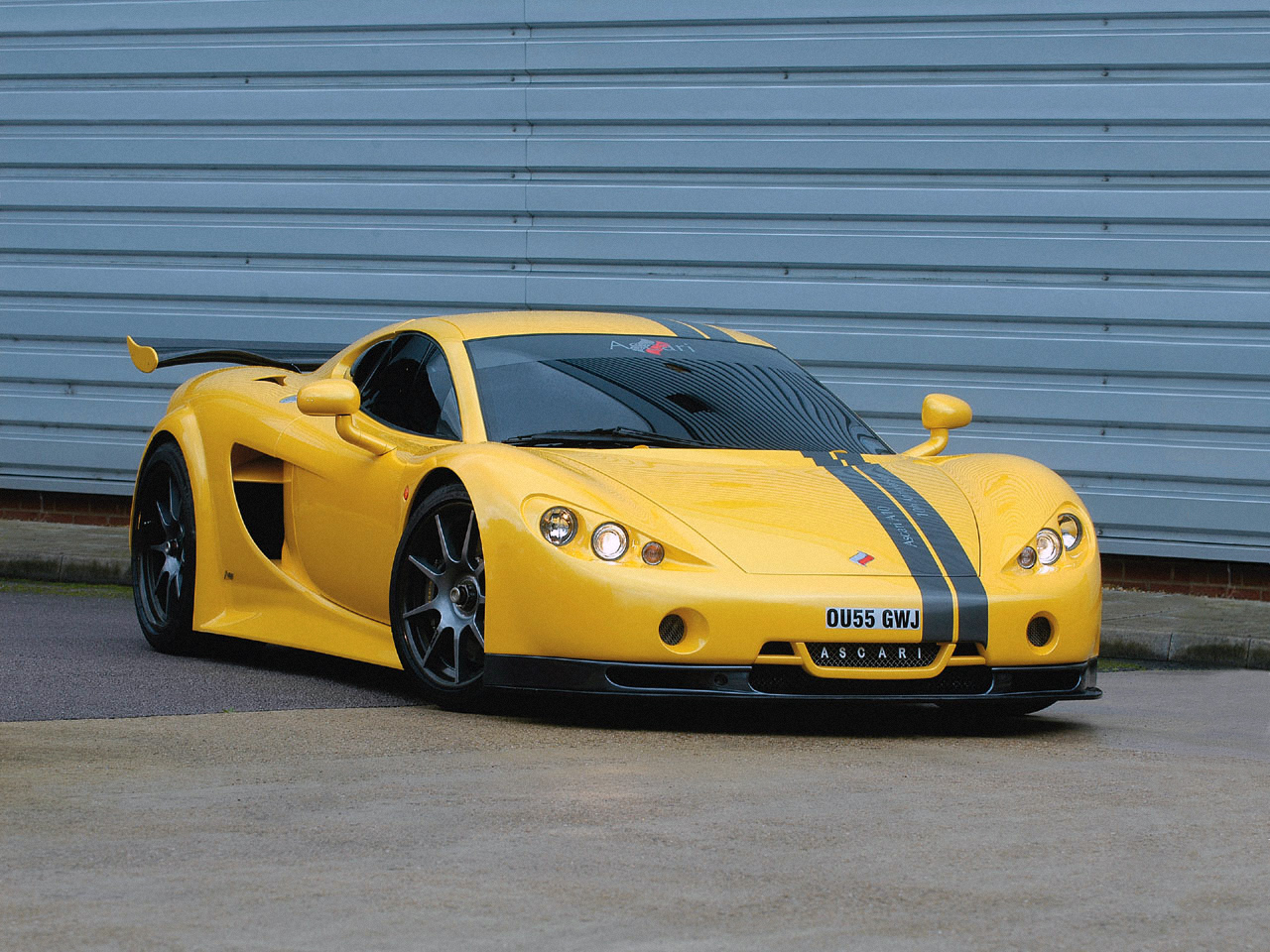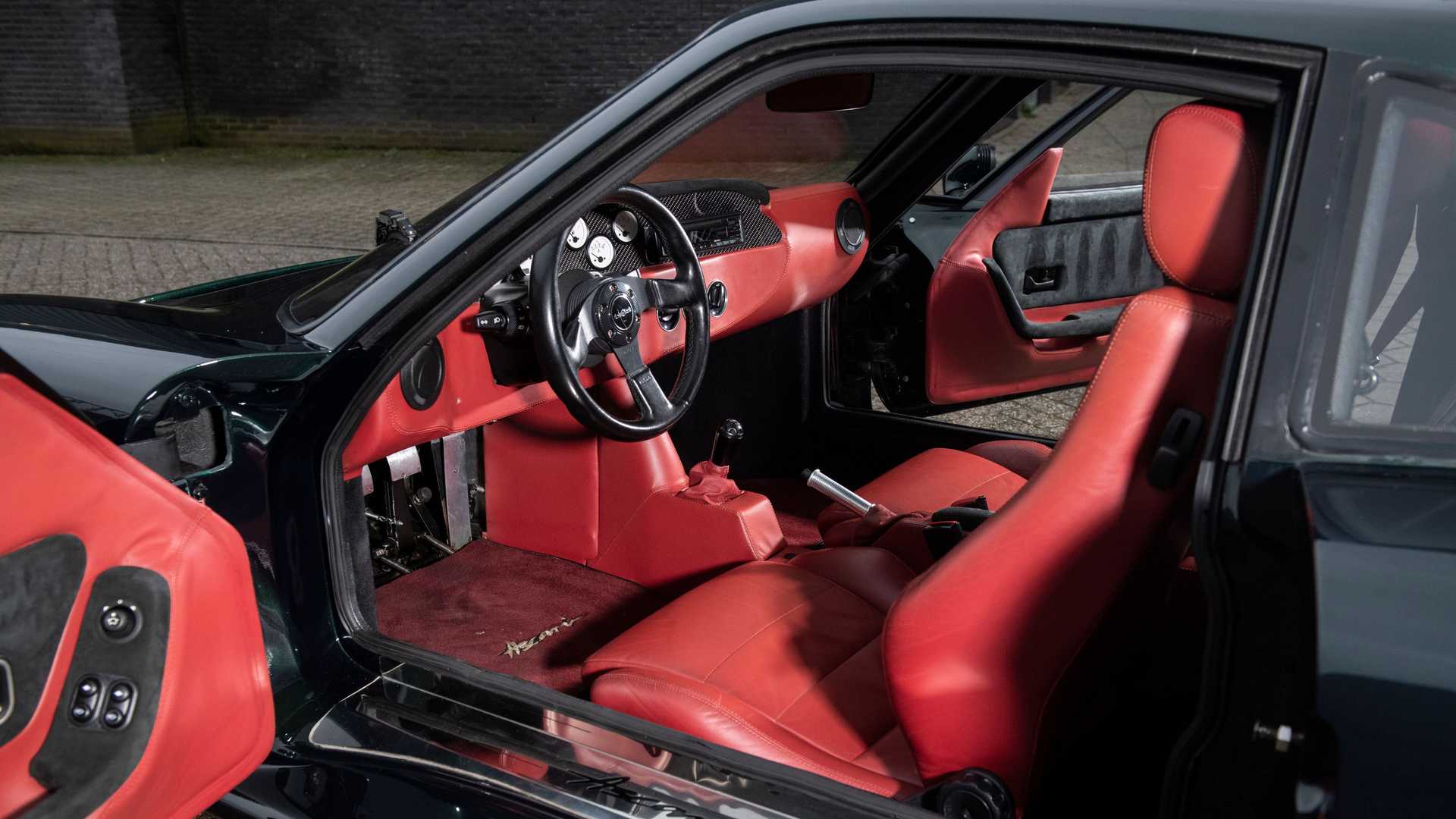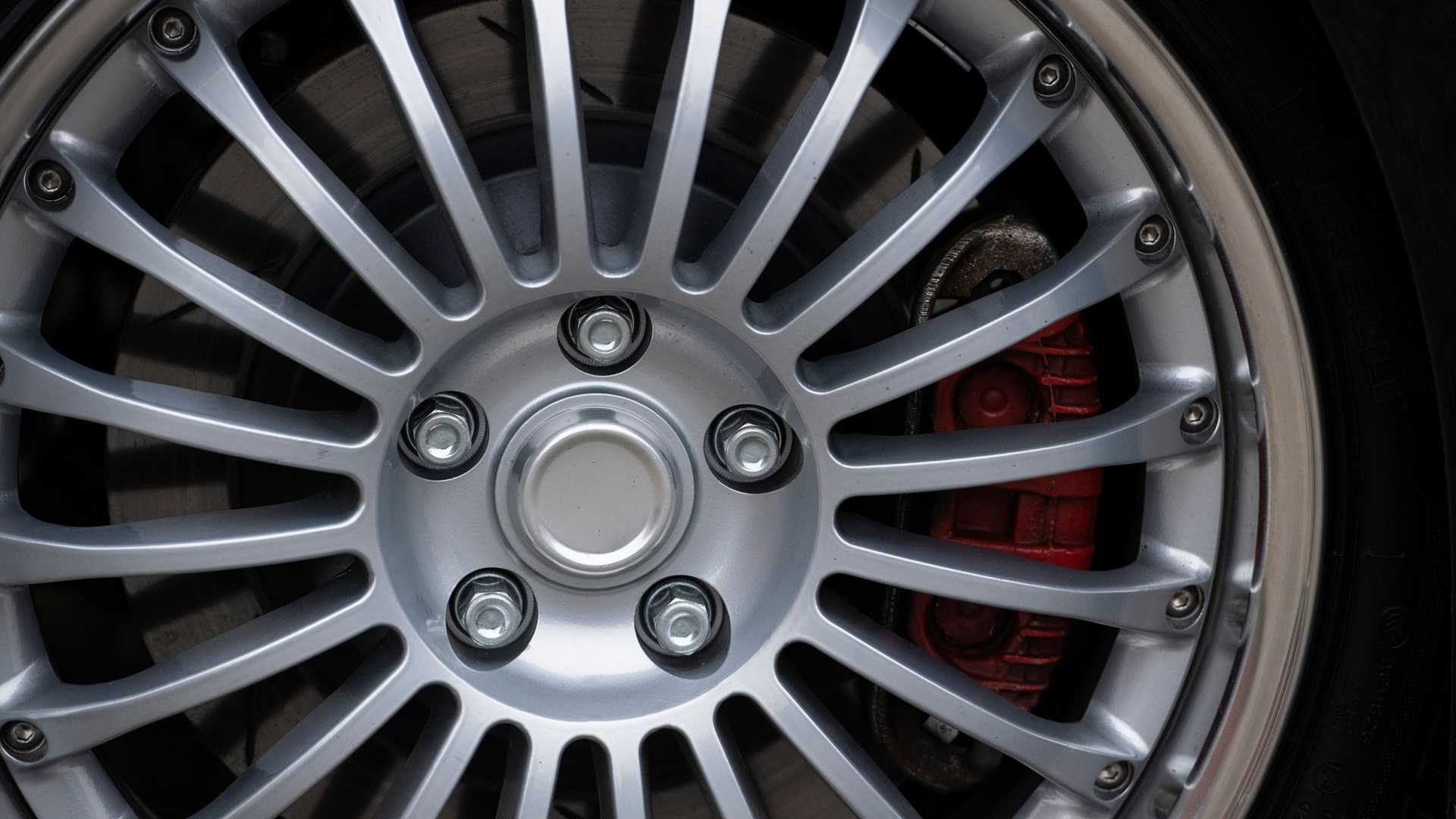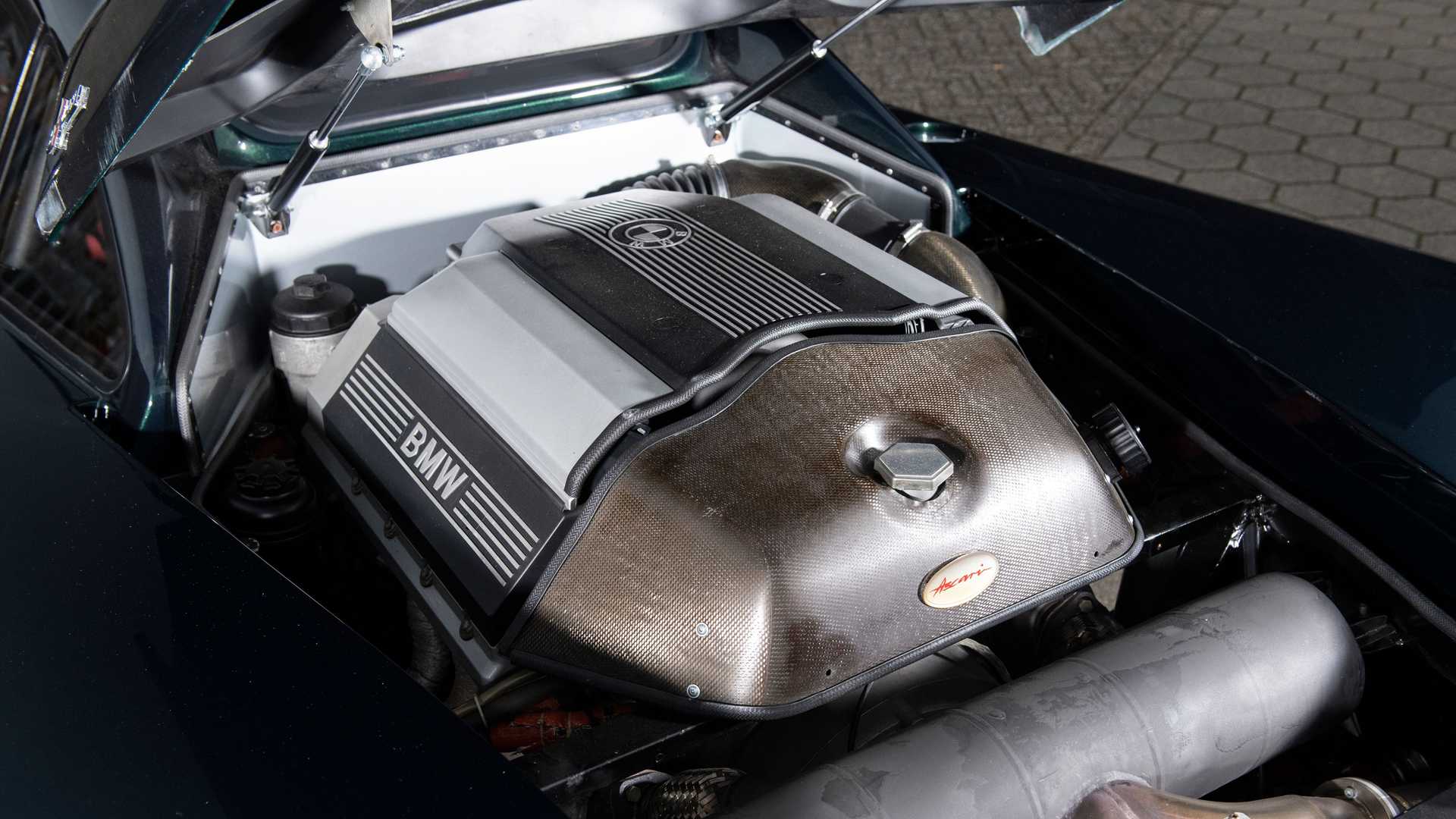The forgotten Brand Ascari, And An “Ecosse” Recently For Auction
Another obscure piece of 1990s supercar madness.
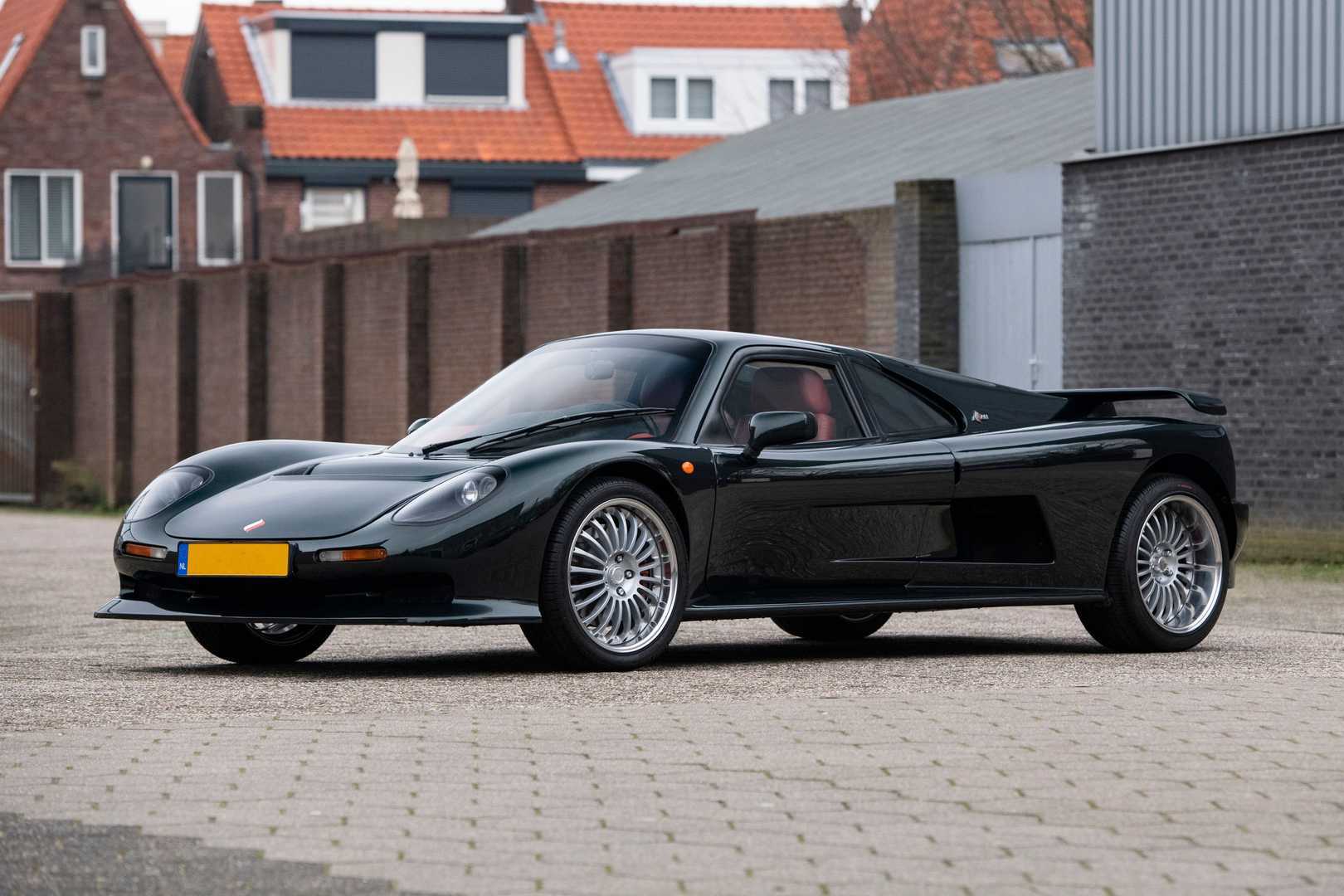
Ascari, a name forever linked to Formula 1, as Alberto Ascari was amongst the first to compete in this newly formed category of racing coming out of WWII. But, perhaps you know this, perhaps you don’t, it was also the name a Dutch entrepreneur and multi-millionaire gave to his supercar brand. That’s right, there have been cars built under the Ascari name with a link to our lovely little country by the North Sea. Today we bring their story, some very interesting facts, and yet another chance to obtain an obscure piece of automotive history.
Right off the bat, I should confess there is no direct link between Alberto Ascari, two-time Formula 1 Champion, and the Ascari brand of supercars. The latter is an abbreviation of Anglo-American Car Industries. Even the link to the Netherlands is only through the company’s owner as it was based in Dorset, England. Despite this, choosing the name Ascari is a pretty convenient one if you want to build a supercar! Alberto Ascari is considered one of the early greats in post-WWII racing, right up there with the likes of Juan Manuel Fangio, Stirling Moss, Giuseppe Farina, or Louis Chiron. He was the first driver ever to clinch a double world championship, with Ferrari, in 1952 and 1953.
Klaas Zwart made his fortunes as an inventor for petrochemical technologies and at one point made about 400 million euro’s by selling his patents to companies around the world. After that, he decided to put his money to work and build a supercar, with the intention of creating the next best thing since sliced supercar-bread. Far from easy to accomplish, and in the past 20 years or so two really stand out that have succeeded; Pagani and Koenigsegg. Not deterred by this level of difficulty, Klaas Zwart and his Ascari brand pushed through and managed to develop a number of cars, of which a few showed great potential. At one point they even held the Top Gear lap-record with their Ascari A10, beating the then record-holding Koenigsegg CCXR (with Top Gear wing) in the process.
The brand started out with the Ascari Ecosse, a pretty conventionally styled sports-coupe based on the 1995 Ascari FGT race car concept. Klaas Zwart, a keen racing driver himself and as said rather loaded, bought the company all-together and took the FGT racing for a number of years and decided to build a road-going version of it. For those familiar with both brands, one might recognise early Noble cars in this design. As the Ascari Ecosse was designed by Lee Noble, who later started Noble Automotive, this is no coincidence. The Ecosse was in production for two years, with only 19 cars built and only two in left-hand drive. The car was fitted with a modified BMW V8 producing 300bhp. Top speed for the Ascari Ecosse was an impressive 200mph.
While the Ascari Ecosse was a promising start, it was replaced with perhaps their best-known machine; the Ascari KZ1, which later evolved into the Ascari A10. The styling of the KZ1 and A10 is pretty similar and shows a more curvaceous and dare I say it, altogether better design. Even though it was announced in 2001, it took the company until 2005 to get it on the road properly. BMW provided the engines yet again, and the 4.9 litre V8 out of the E39 M5 was tweaked to produce 500bhp, a hundred more than in the BMW it came from. Performances were again quite impressive, as a zero to hundred kilometres per hour sprint took less than four seconds and it soldiered on to a top speed of 200mph. At the time, it was able to put up a fight against the fastest supercars around. Ascari’s philosophy was to keep their cars as free as possible of even the most basic driving aids like traction control.
Only 50 of these were built until the A10 came along, and at a price of well over 200k, it wasn’t exactly a cheap alternative to the more established and familiar supercar manufacturers. It was tested by Top Gear in an episode once and made quite the impression.
The KZ1 was replaced with the even faster Ascari A10, sharing the same structure but just enhanced on all levels. Extensive use of carbon fibre made the car shed about 80 kilo’s and power was upped to 625bhp from the same BMW M5 V8 the KZ1 used. Furthermore, it had upgraded suspension, a massive rear wing and other aero tweaks and changes to the bodywork to help it cut the air better. Zero to 100kph took less than three seconds and the top speed was bumped to 215mph. A total of 50 Ascari A10’s were planned to build but sources remain a bit all over the place on how many have actually been put on the road. Some mention 50 KZ1’s and A10’s combined, other sources mention 50 of each car have been built. The most presumable figure I found is that through all models, Ascari has built 79 cars in total.
A rare Ascari Ecosse, one of only two left-hand drive cars built, was offered by RM Sotheby’s in the same auction the Isdera Commendatore 112i we featured a couple of weeks ago. In fact, this was the first-ever chance to get your hands on one through an auction ever. Originally the Ascari Ecosse would cost GBP 89,000 and RM Sotheby’s put an estimate on it of EUR 155,000 to EUR 195,000 but it hasn’t sold yet. RM Sotheby’s now lists the car as “still available” at a price of EUR 165,000. The car in question, fittingly painted in black, spent most of its life at Klaas Zwart’s built and owned Ascari Race Resort in Ronda, Spain. (Yes, Klaas Zwart was that rich!)
Here’s more information on the Ascari Ecosse as listed by RM Sotheby’s, and about the Ascari KZ1 on DriveTribe and of course, the clip of the record-breaking A10 at the Top Gear Test Track:
PS: The Isdera Commendatore 112i we mentioned was sold for 1,113,125 euros, far exceeding the 400-600k estimate.
Photos of the Ascari Ecosse by RM Auctions.

